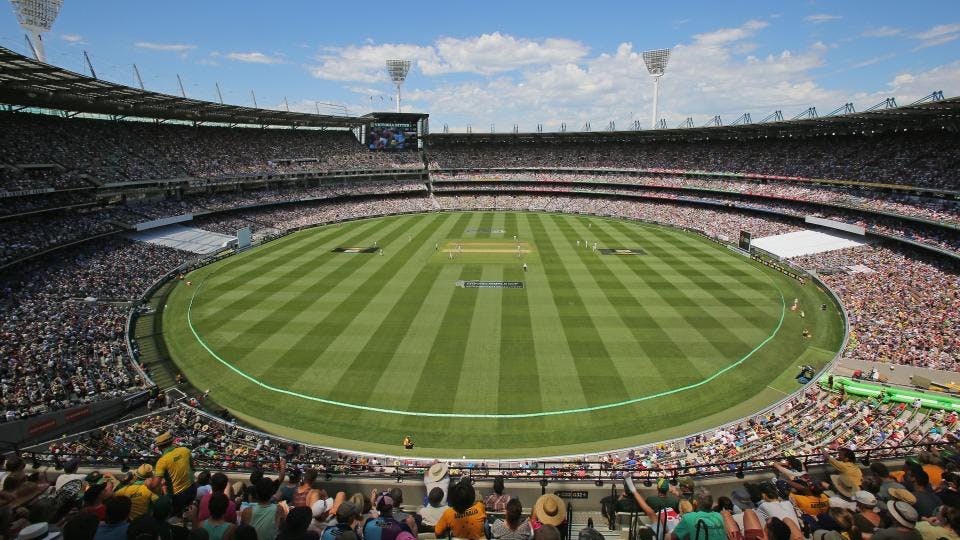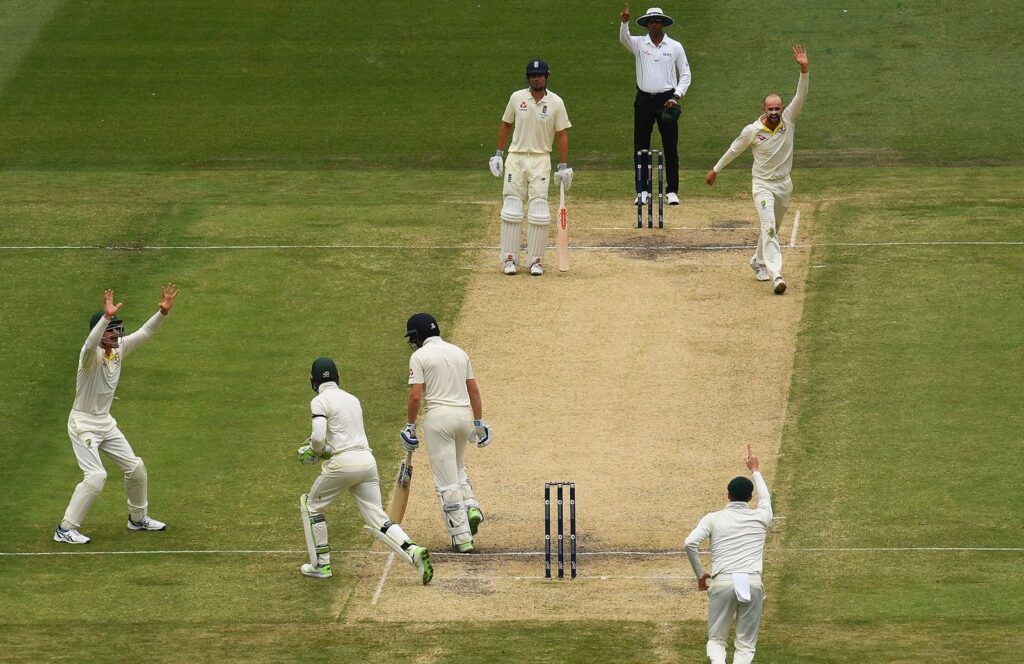There’s an evergreen sport that’s extremely popular, and extremely under-discussed.
While US readers have heard of it, they’ve likely never watched it or played it. And big American dollars are starting to flow into it, so it’s time we started to understand cricket 🏏
Let’s go! 👇
Table of Contents
Why I love cricket
Okay look, I’ll be honest, a lot of people find cricket boring, and at first glance…it kind of is.
Cricket isn’t a fast-paced sport. It’s a long, slow grind that tests your patience. Games can take days to complete, and lulls can last hours.
But it takes just one mistake. One momentary lapse in concentration. One slip-up, and BOOM.
Suddenly, the whole game gets turned on its head.
See, cricket is all about tension. It’s like winding up the world’s largest corkscrew for minutes, hours, and days. Every single moment counts, no matter how small. Victory often comes down to the last hour of the fifth day, where it’s anyone’s game. The smallest instant can overturn everything.
Think of it like a 5-day long arm wrestle — the tension builds until, eventually, it erupts in glory for one team. It’s in these long periods of intensity that the legends of cricket are born.
That’s what gives you chills.
What is cricket?
It’s easy to get lost in the weeds of cricket’s rules. But at a high level the game is pretty easy to understand. In many ways it’s similar to baseball (although cricket was invented much earlier).
Cricket is played between two teams on a huge oval field called, err, an oval. One team “bowls” by slinging a dense, heavy, hard leather-bound ball towards the other — the batting team.

The batting team aims is to hit the ball and score by running between two stumps (small wooden poles) 22 yards apart. Each score is known as a “run”.
The bowling team’s objective is to get ten wickets. Think of a wicket like a baseball strikeout, except once a batter is out, they cannot come back.

Once all ten batters are out, the batting and fielding teams swap. After both teams have batted and bowled, the team with the highest score wins. (There are loads of different ways a cricket game can end, but let’s keep things simple for now.)
One thing you need to know about cricket is that the ball moves very fast. Speeds of 95+ mph are typical, and batters get beaned all the time — including smack in the head — which is why they wear so much protection.
But get this: only one fielder can wear gloves. Everyone else has to handle the ball with their bare hands. This is why broken fingers, ribs, and even concussions are an unfortunate but common part of the game.

Baseball vs cricket
Think of cricket as an older, slower, more hardcore version of baseball. Here’s how they differ:

Rules of cricket
There are 42 official Laws of cricket. (Of course they’re called Laws, not rules. Classic Brits.)
Here’s a taste:
- Bowlers cannot bend their elbows when bowling. It’s an awkward but powerful throw.
- Each bowler bowls what’s known as an over, comprising of six balls (i.e. pitches). Once all six are completed, that bowler gets swapped out.
- If the batsmen hits a ball that bounces all the way to the fence, it’s an automatic four runs. But if they hit it over the fence, like a home run, it’s worth six.
- There are ten ways a batsman can get out (compared to three in baseball). Hitting a ball and getting caught on the full is the most common, but there are more ridiculous scenarios, like these here:
Cricket has fully embraced technology, especially Hawk-Eye ball tracking. The technology, created by cricket fan Paul Hawkins, is now used in tennis, rugby and half a dozen other pro sports. It makes cricket far less reliant on umpires than baseball.











